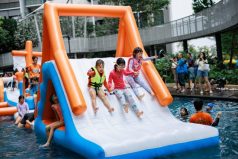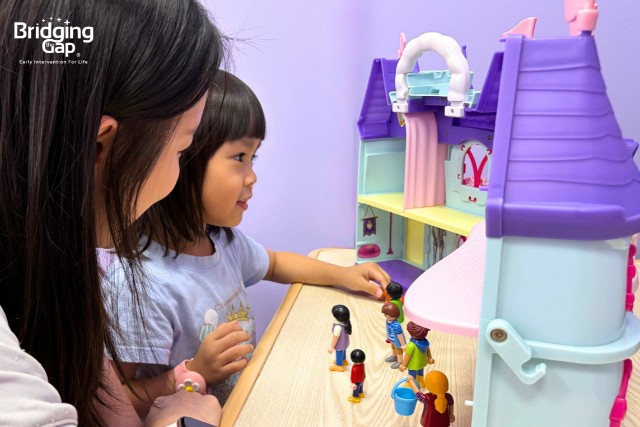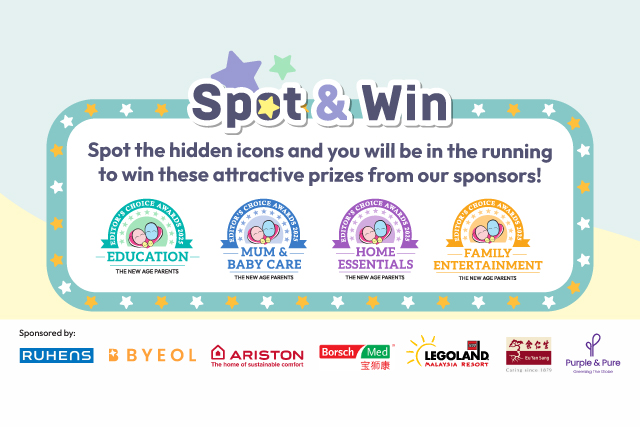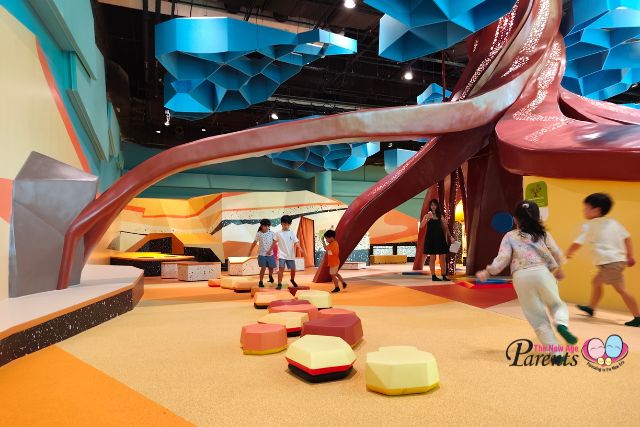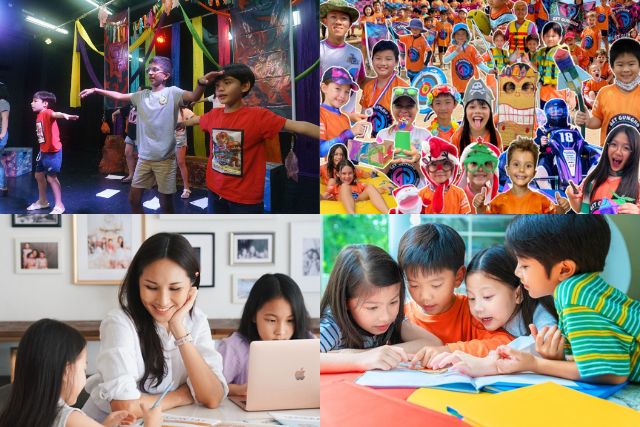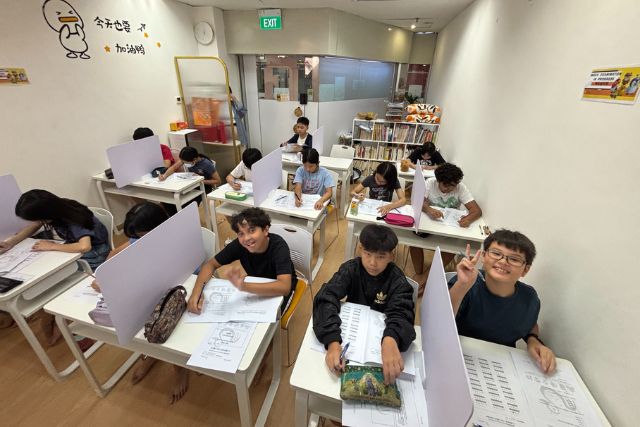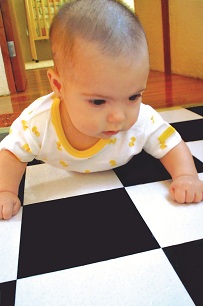 The Institutes for the Achievement of Human Potential will be conducting a course, “What To Do About Your Brain-injured Child” at The Grand Copthorne Waterfront Hotel from 30 Jul to 3 Aug 2012. Before the course, The New Age Parents had an exclusive email interview with Janet Doman, to find out more about brain injuries in babies.
The Institutes for the Achievement of Human Potential will be conducting a course, “What To Do About Your Brain-injured Child” at The Grand Copthorne Waterfront Hotel from 30 Jul to 3 Aug 2012. Before the course, The New Age Parents had an exclusive email interview with Janet Doman, to find out more about brain injuries in babies.
The New Age Parents (TNAP): Do children with brain injury show certain or specific patterns or behaviours?
Brain-injured children range from comatose, blind, deaf, paralyzed, and speechless all the way to children who may have mild learning problems, and every kind of child in between these extremes. Of course, the area of the brain that is injured and the degree and extent of the injury will determine the symptoms of the injury. Brain-injured children have a wide variety of behaviors that may seem unusual to us, but these behaviors make sense when the extent and degree of the injury is understood.
TNAP: Under what circumstances do children fall under “brain-injured”? What would be considered as minor brain injury, and what would be considered as major brain damage?
In truth we are all brain-injured in one way or another. A minor blow to the head may kill 10,000 cells, imbibing as little as a thimble full of beer will kill brain cells. We all lose about 100,000 cells a day after age 35. If we are honest we would say that anyone who has dead cells is brain-injured, because this is the case. The question is not who is brain-injured – we all are. The question is, “Does it show and does it keep us from achieving our goals in life?” If it does, then we need to do something about it.
TNAP: Is child brain injury recovery really possible?
The brain runs everything in the body. It is the easiest organ to influence and to change. The brain literally grows by use. There are hundreds (probably thousands) of ways to provide stimulation to the brain. All that we do at The Institutes for the Achievement of Human Potential is to provide visual, auditory, and tactile stimulation with increased frequency, intensity, and duration while offering mobility, language, and manual opportunity in recognition of the orderly way in which the brain grows.
TNAP: Are there exceptions where recovery is not possible?
We accept all hurt kids regardless of degree or severity of injury. We have never seen a child who we believed could not be helped to become more capable and more able. We never give up and neither do our parents.
TNAP: Over the years, it has been reported that more and more children are being diagnosed with special needs. What is your take on this increasing trend?
Our environment is becoming increasingly compromised with heavy metals and other contaminants that are very harmful to young children. Our food sources have also been compromised. In some countries children are exposed to immunizations at increasingly younger and younger ages. There is a serious question now about using so many potential toxins with newborns and young babies when their immune systems are not yet developed. We are deeply concerned about this.
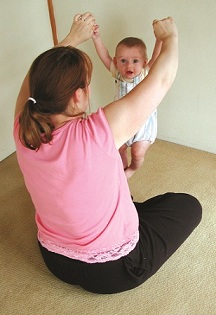 TNAP: Can you give us a short preview on the WTD course, and how it has benefited children with brain damage and children with special needs?
TNAP: Can you give us a short preview on the WTD course, and how it has benefited children with brain damage and children with special needs?
Parents come from all over the world to attend this course, so we want to make sure that every minute is used wisely. The course is comprehensive. We teach parents how children become injured, how to evaluate their own child, and how create a Developmental Profile. The Profile shows them where their child is in their development and what is the next step to move their child toward wellness. We teach parents about the diagnosis of the child.
Most parents have never received a proper diagnosis for their child but rather their child has been given one or more symptomatic labels like “autism”, “cerebral palsy”, “Down syndrome”, “hyperactivity”, “developmental delay”, “learning problems,” etc. There are more than 300 such symptomatic labels for brain-injured children. In the course we teach parents how to design the best physical program, the best intellectual program, the best physiological program, and the best nutritional program for their child. When parents go home from the course, they have a very clear battle plan to follow in order to help their child improve – hopefully in all areas. We believe that the program needs to be a balanced program to be effective.
TNAP: What would you say to a parent who just discovered that their child has brain injuries or special needs?
The brain is the most dynamic organ in the body – it controls everything. When parents understand how the brain grows and why it grows the way it does, they are the very best people to treat their child. Brain injured kids do best at home with mother and father and grandmother and grandfather, not in “special schools” or a group setting where they will languish and get worse. Never give up. There is always an answer. You can read “What To Do About Your Brain-Injured Child” by Glenn Doman, visit our website www.iahp.org or attend our course “What To Do About Your Brain-Injured Child”. This course is presented once a year in Singapore.
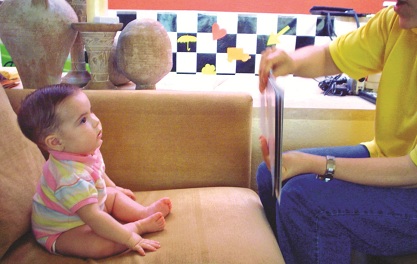
TNAP: If there is one thing you would like to educate and advocate for, what will it be?
We would advocate for one parent at home with the kids for the first six years or longer, if parents can manage it. Children need their parents. Real socialization does not happen when we place three-year-olds with other three-year-olds. We do this for our own convenience and pretend we are doing it for the child. The only thing a three-year-old can learn from another three-year-old is how to pick his nose if that has not occurred to him. This is not socialization. He will not learn to share with another three-year-old either. Three year olds are not ready to share. This is an unrealistic expectation. Mothers are the civilizing influence in our society.
All mothers know that when their child is not with them the child is paying a price. We believe that the price the child is paying is too high. Six years is a very short period of time for our society to decide that children should come first. The first six years of life are vital for a child to gain the ability and confidence he will need for the rest of his life. These early years unite and bond parents and children for life. Strong united families make for strong united countries and a much stronger and better world.
Resources: “What To Do About Your Brain-Injured Child” by Glenn Doman.
Read our other interview with Janet Doman about boosting your baby’s intelligence here
If you find this article useful, do click Like and Share at the bottom of the post, thank you.
Like what you see here? Get parenting tips and stories straight to your inbox! Join our mailing list here.









